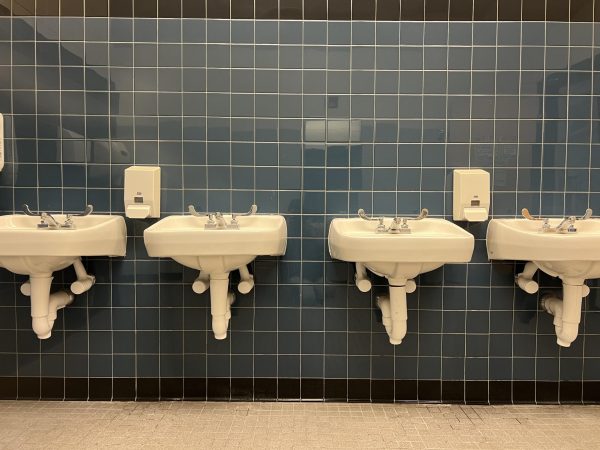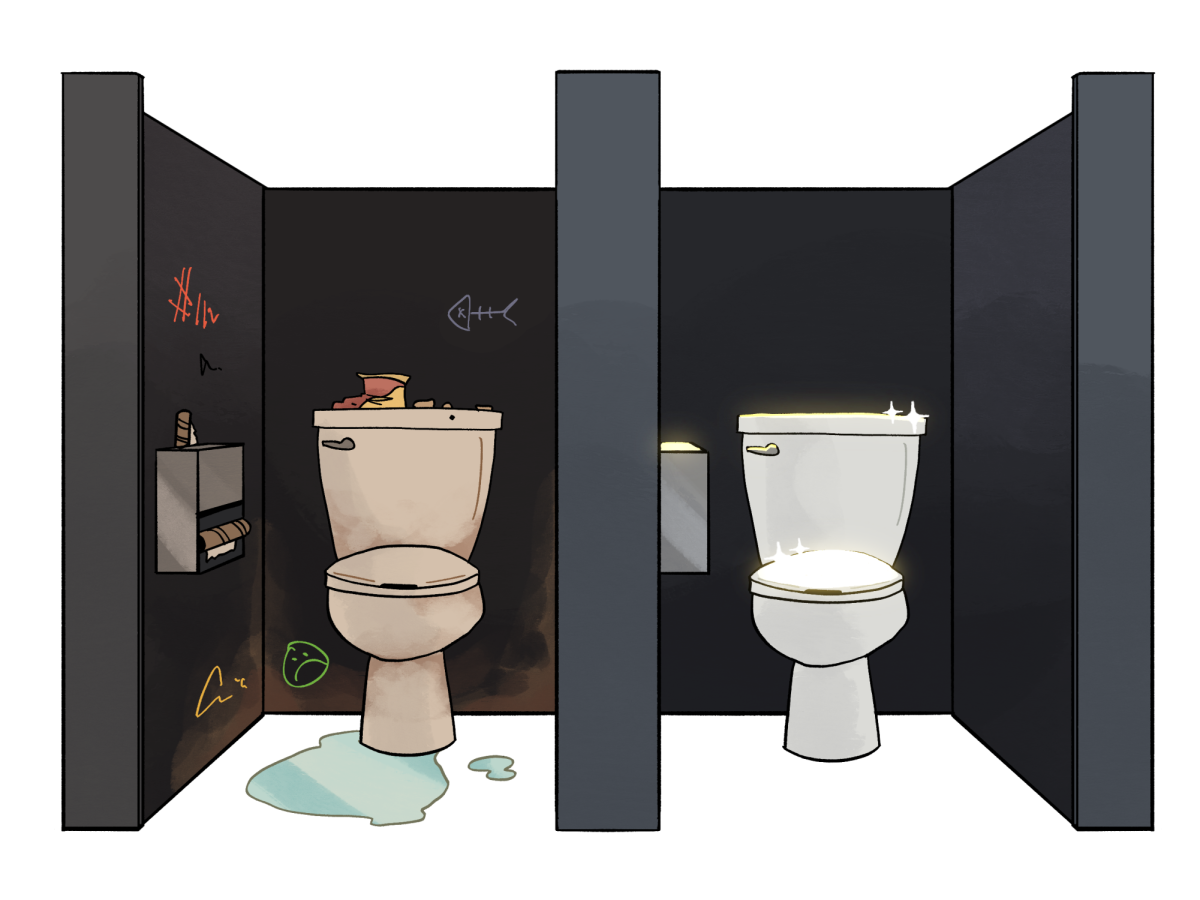Cleanliness in high school bathrooms is an ever-worsening problem. This topic has become a frequent point for discussion and frustration from students all across the country, and rightfully so: in a recent article, The New York Times explains that health officials have traced the spread of several diseases, including salmonella and hepatitis A to dirty public restrooms.
At RM, among those who use the boys bathroom, the general consensus seems to be one of disgust.
“It’s not a safe or clean place,” sophomore Nahom Begashaw said. “It needs to be thoroughly cleaned everyday because of how much [students] misuse it”.
Other students agreed with Begashaw’s view.
“I would give the [bathrooms] a two out of ten,” sophomore Sahil Sahasrabudhe said. “I see broken toilets [and] stalls without locks very often. ”
Faulty or broken appliances are not the only issues that have been observed in the school bathrooms. Some problems are caused by students. “I see vapes in the toilet. People just leave them in there so then the toilet becomes unusable,” Shasrabudhe said.
Crucially, a 2019 nationwide survey conducted by the Bradley Corporation found that 52 percent of students leave dirty restrooms without using them, and 68 percent say that unclean bathrooms lowers overall opinion of the school and leads to a perception of poor management.

However, among those who use the girls’ bathroom, opinions seem much more divided.
“The bathrooms here are trash. It’s too hot, it stinks all the time, and…there’s never toilet paper in there. Some of the locks don’t work,” sophomore Sofia Gaynor said.
Some focused on more specific aspects related to comfort and convenience.
“I wish there were, like, paper towels instead of the hand dryers,” sophomore Allie Kelley said. “I think they should purchase better quality toilet paper because it’s really rough.”
However, there were also many who approved of the bathrooms.
“Compared to my middle school, like, they’re actually, like, decently clean. So I’d say like a six out of ten, seven out of ten,” sophomore Charlotte Farnsworth said.
By contrast, the state of sanitary products seems to be in a gray zone.
“People just leave them on the floor,” Rawat said.











